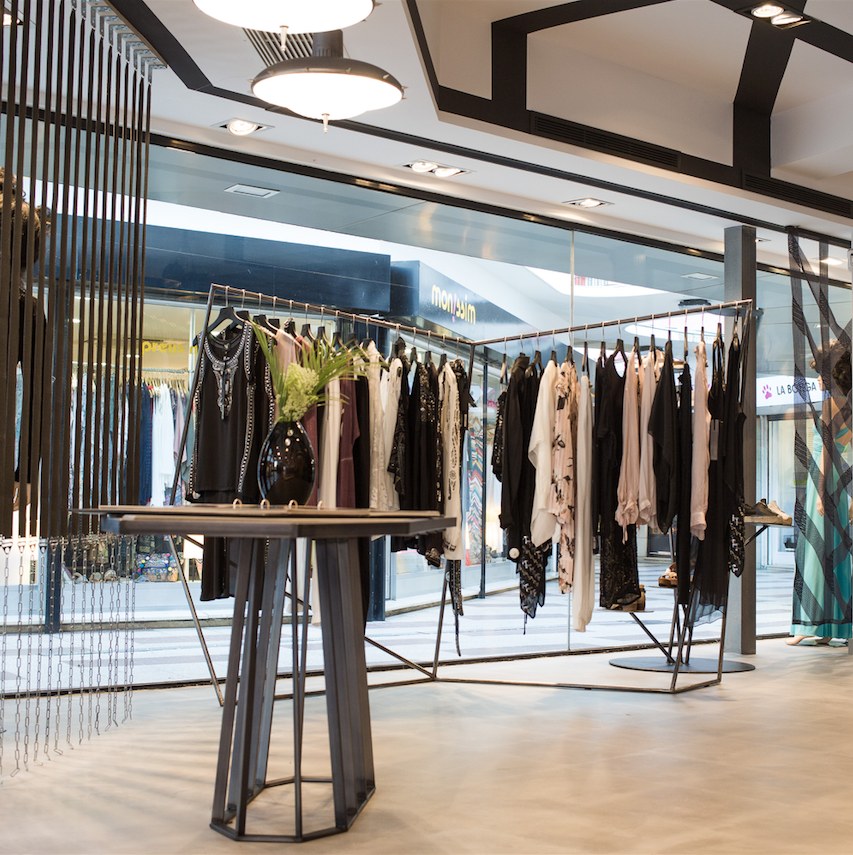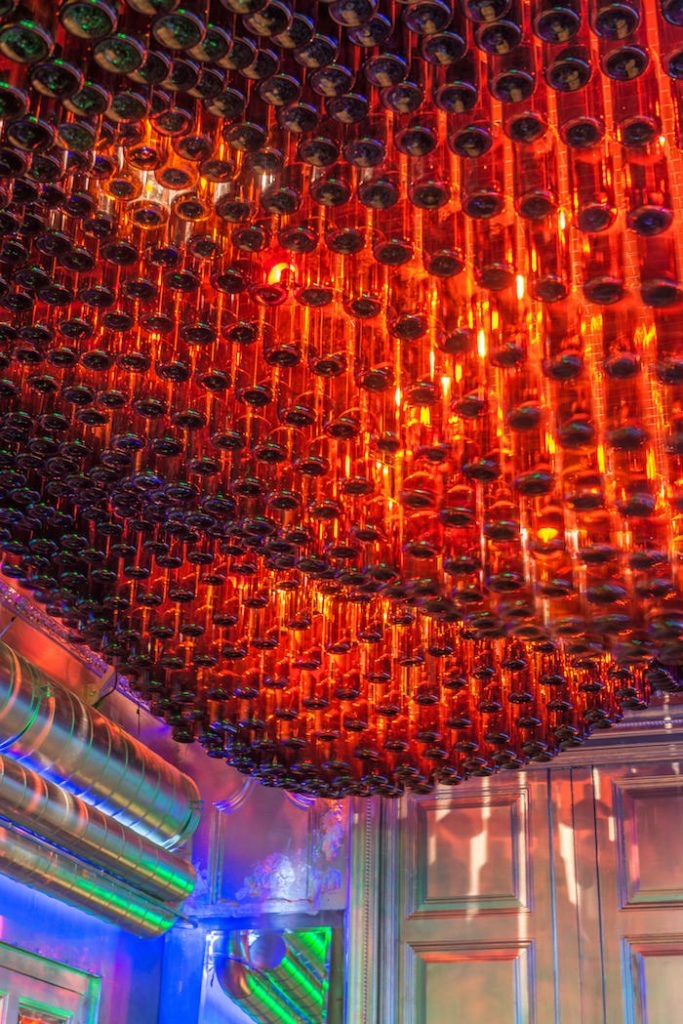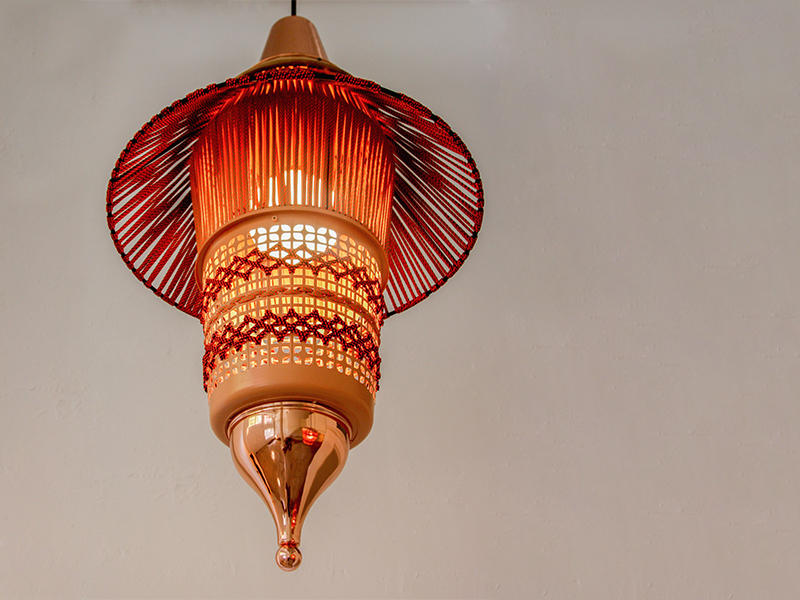Fearless, passionate and committed, Spanish designer Alfonso de la Fuente turns 20 years of a prolific career in pushing forward the limits of design thanks to a mix of hard work, humour, colour and irony. He was part of that cool Barcelona that had such a particular style and where people would dare to do anything; always bringing his personal touch. Alfonso has been evolving as a self-taught artist and bringing breaths of fresh air to the decoration scene thanks to his mind overflowing with imagination.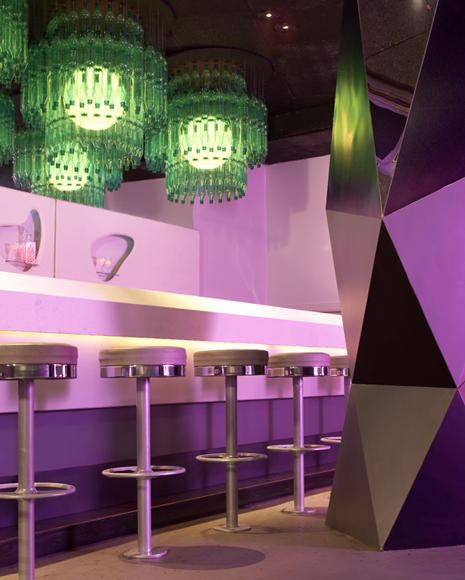 When he arrived in Barcelona from Valladolid back in 1997, Alfonso de la Fuente felt in love with plastic recycling, which became the main characteristic of those early years: recuperating materials from the street, mainly plastic bottles, and giving them a new life. That same year he created his first lamp and founded Pichiglas. From 2000, after getting successful with decorative objects and accessories, Alfonso strengthened his dedication to interior design and started developing global projects such as bars, restaurants, shops, locals and clubs. Some of them became a classic in Barcelona such as Fonfone. With these, the designer’s work becomes known internationally.
When he arrived in Barcelona from Valladolid back in 1997, Alfonso de la Fuente felt in love with plastic recycling, which became the main characteristic of those early years: recuperating materials from the street, mainly plastic bottles, and giving them a new life. That same year he created his first lamp and founded Pichiglas. From 2000, after getting successful with decorative objects and accessories, Alfonso strengthened his dedication to interior design and started developing global projects such as bars, restaurants, shops, locals and clubs. Some of them became a classic in Barcelona such as Fonfone. With these, the designer’s work becomes known internationally.
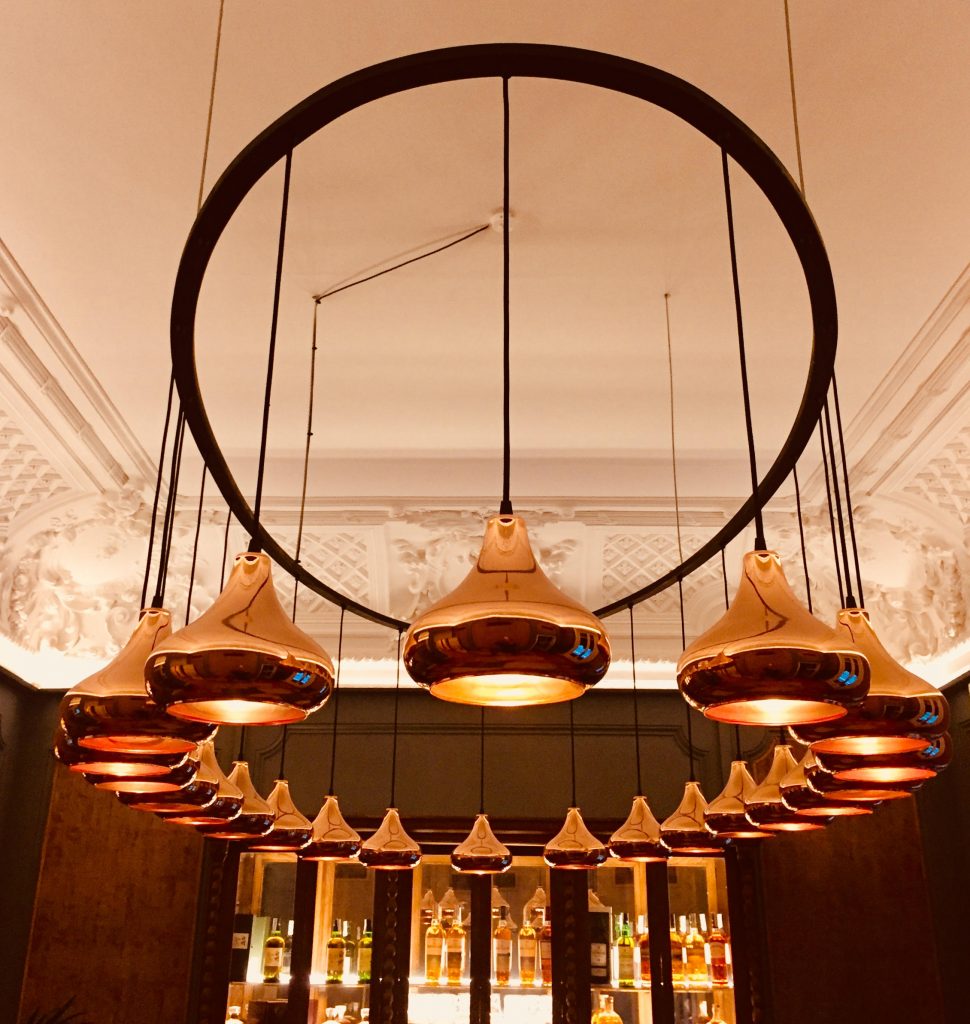
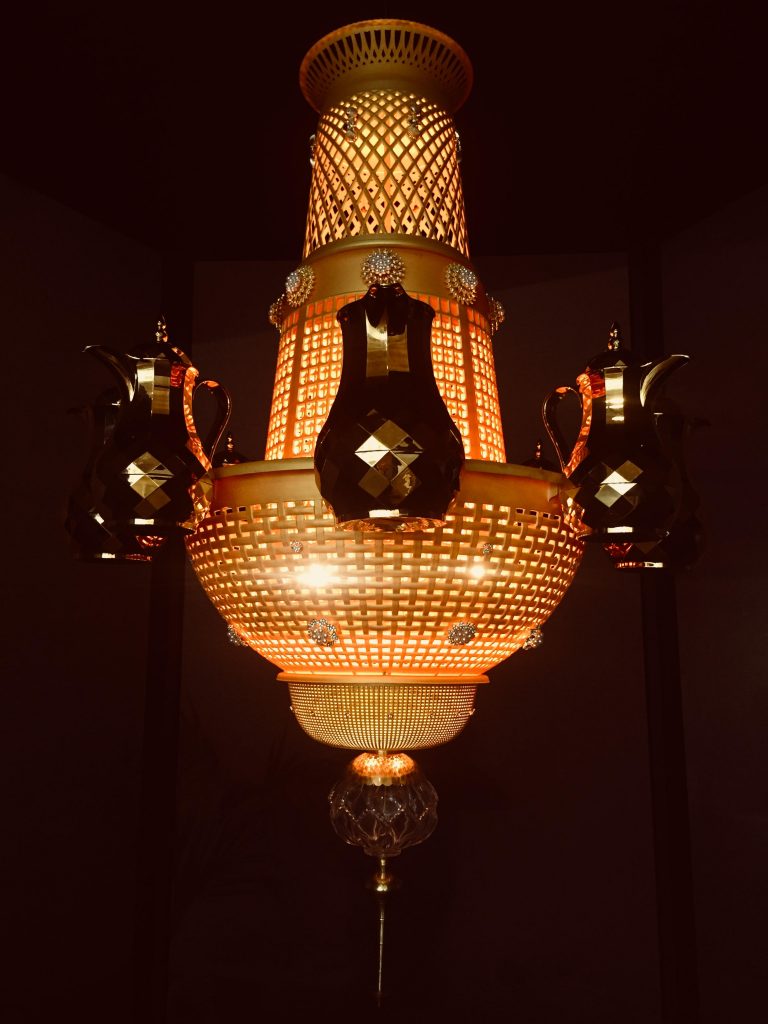
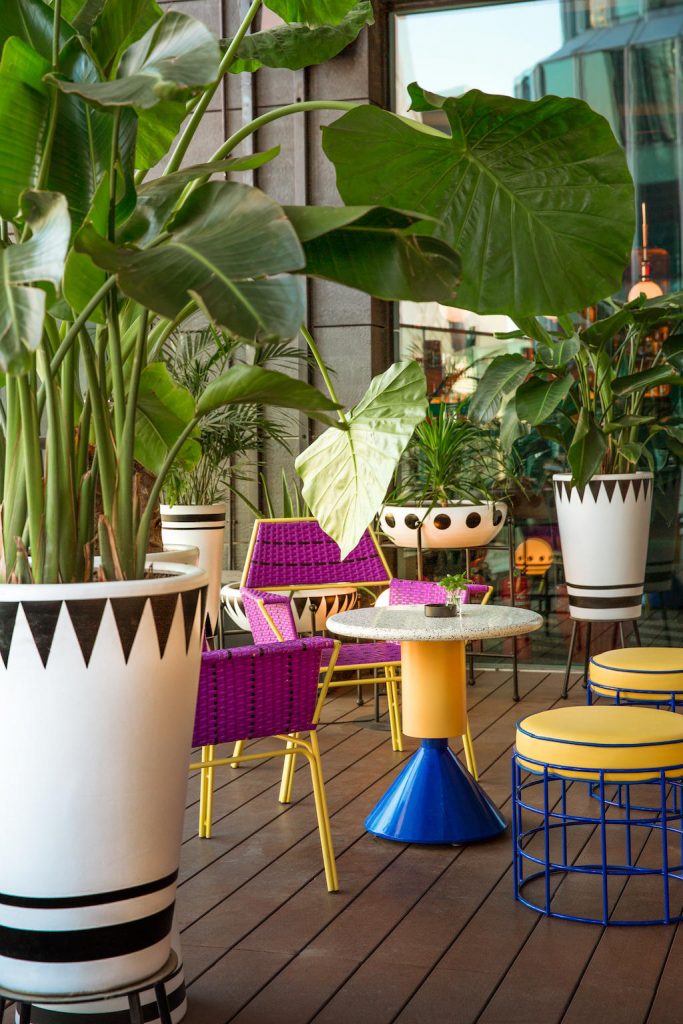
© all the rights reserved chiaraye.net
This genius of the mixing and reinterpretation has managed to earn a deserved nice in the national and international artistic panorama thanks to his creative sharpness, his capacity to inspire, his passion and sensibility for the design that is visible in every piece of work. Lamps and lighting, furniture, facing, flooring, his creations will never cease to amaze.